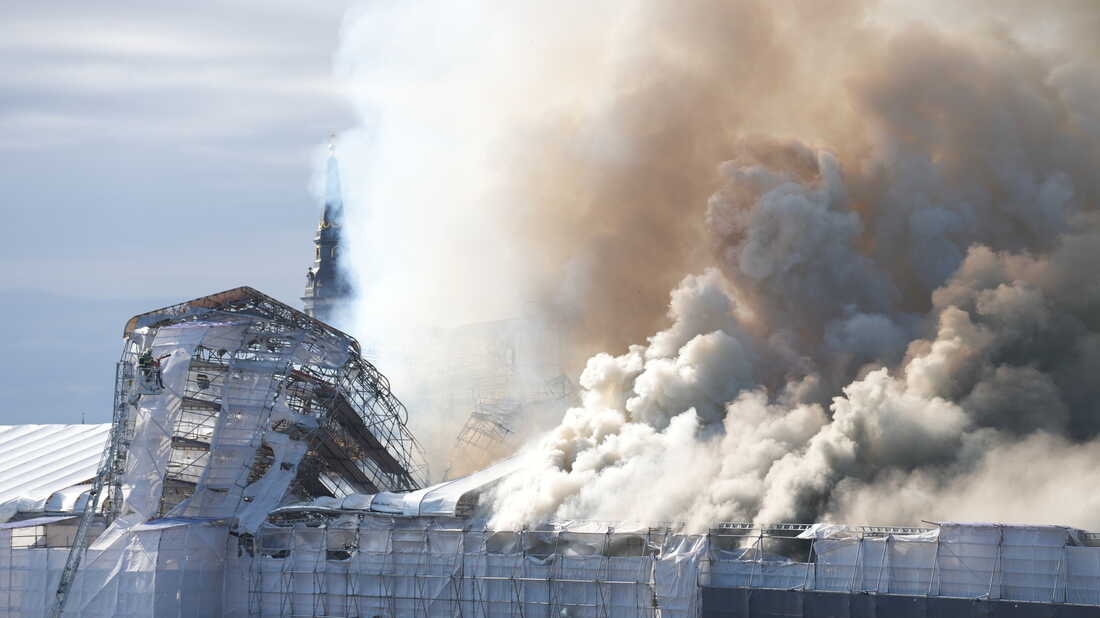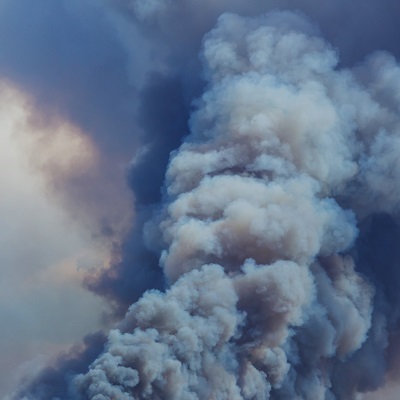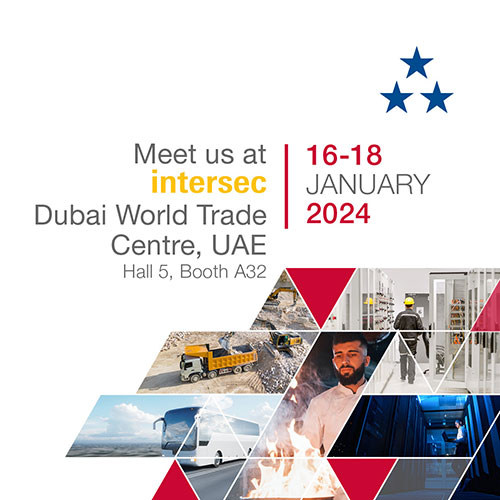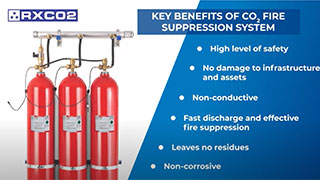Few days ago, Copenhagen's 400-year-old historic Stock Exchange building caught fire, leaving an entire nation in shock. Luckily, no casualties or injuries were reported in the incident, however, the so-called Bourse holds one of the country’s most valuable collections of art and therefore, is one of the Danish capital's most famous landmarks.
The building's spire collapsed, echoing the disastrous fire at Notre Dame in 2019. Other recent examples of fires in nationally significant buildings include the National Museum in Rio in 2018 and the Natural History Museum in Delhi in 2016. These historical buildings and museums not only symbolize national heritage sheltering invaluable artworks, artifacts, and relics but also for some countries, represent an essential source of income through tourism. While the safety of individuals remains the top priority, fire prevention and suppression solutions exist to protect people, buildings and their priceless contents from exorbitant and emotional devastation.

Copyright Emil Helms/Ritzau Scanpix via AP
Understanding the causes of fires
While for the Copenhagen fire incident, the cause of fire is still not identified, it is generally essential to recognize potential fire risks and sources that can help any site manager to enhance fire safety protocols. Fire disasters in heritage buildings can be caused by numerous factors, often related to the unique characteristics and age of the structures. Some common causes include:
- Electrical Failures: Older wiring and outdated electrical systems, which may not meet modern safety standards, are a significant hazard. Overloaded circuits, faulty wiring, and deterioration over time can lead to electrical fires.
- Heating Systems: Inefficient or antiquated heating systems, including furnaces, boilers, and fireplaces that haven't been properly maintained, can ignite nearby flammable materials such as paintings, garments, furniture or even wooden structures.
- Construction and Renovation Works: Activities such as welding, soldering, and the use of open flames in "hot works" can spark fires, especially if flammable materials are nearby. Renovation often involves the use of highly flammable substances like solvents and paints.
- Arson: Intentional setting of fires is a sadly common cause of fires in historic buildings, whether due to vandalism or other motives.
- Human Error: Accidental fires can result from simple mistakes, such as leaving a candle burning unattended, improper disposal of smoking materials, or mishandling of heating equipment.
- Natural Disasters: Lightning strikes or wildfires can also ignite fires in historical buildings, especially those surrounded by dense vegetation or made of highly flammable materials.
Fire safety solutions to protect and preserve historical landmarks and heritage places
Understanding the causes is important, but preventing the risks is even better.
The protection of historic landmark buildings, museums, and archives requires careful consideration due to the delicate and valuable artifacts and structures they contain. When choosing the ideal fire suppression system, different options can be considered, including water mist and foam solutions or gaseous systems.
Water-based systems, i.e. sprinklers, have their limits, as they can damage the precious historical elements inside nationally significant buildings. Foam systems may also pose challenges in maintenance, compatibility with historical materials, regulatory compliance, and initial cost.
Rotarex Firetec offers two optimal fully certified total flooding gas solutions to protect such environments:
UL/FM and VdS certified INEREX® Inert gas fire suppression system
The INEREX® system has a complete range of agents from pure nitrogen (IG-100) and pure argon (IG-01) to different mixtures with argon (IG-55) and argon with carbon dioxide (IG-541) to best suit varying applications. This system decreases oxygen levels present in the room which naturally puts out the fire.
Our environmentally friendly INEREX® system offers a high performing fire suppression due to its constant flow pressure regulator that prevents discharge freeze-ups and dangerous explosive discharge forces.
UL and VdS certified RX5112 system utilizing FK-5-1-12 fire extinguishing agent
Our complete halocarbon RX5112 system is another highly reliable and effective gaseous system, suitable to protect historic buildings and landmarks. This system is extremely space efficient as less space needed for cylinder storage and guarantees efficient protection for hard-to-reach locations.
FK-5-1-12 fire extinguishing agent offers a unique combination of safety, low environmental impact and offers excellent extinguishing performance.
Similar to inert gas, this chemical agent is non-conductive electrically, non-corrosive and leaves no residues after a system discharge which makes is ideal to protect sensitive assets and equipment.
Added layer of protection with FireDETEC® local application solution
While the two previous technologies cover entire rooms, the FireDETEC® system protects highly fire-prone objects, such as electrical cabinets. It autonomously detects and extinguishes fires around the clock without requiring human involvement. The detection mechanisms in the FireDETEC® system may be pneumatic, electronic, or a hybrid of both.
Regardless of the chosen system, Rotarex Firetec provides several effective extinguishing agents, including CO2 or FK-5-1-12. The electronic detection system operates using solenoid valves, compatible with any of the extinguishing agents, and necessitates a smoke detector. Meanwhile, the pneumatic detection employs a tube placed within the cabinet near potential fire sources, ensuring rapid detection and suppression within seconds.







